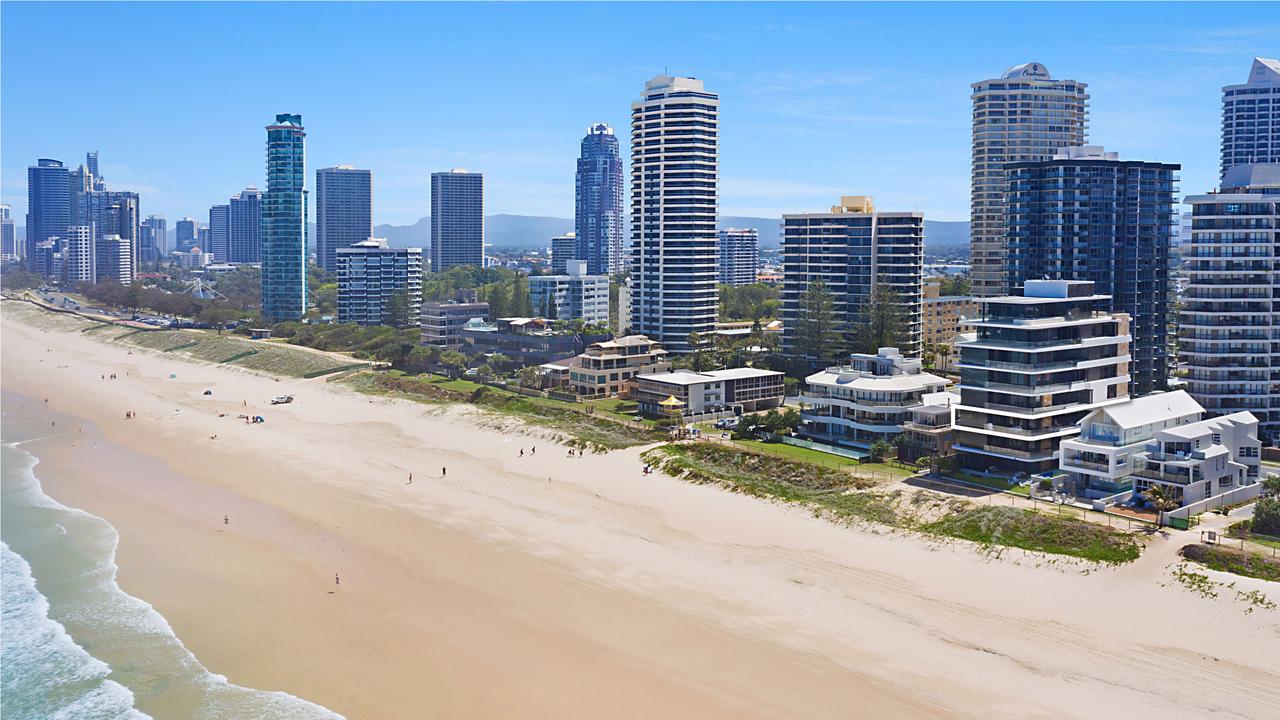Buyer beware: regional real estate boom is not a get-rich-quick scheme
Property prices are booming – so why not cash in? Experts are warning armchair investors it’s not all as it may appear before trying to ride the seemingly unstoppable wave in certain regions.
It all looks great on paper – regional property prices are booming – so why not cash in?
However property experts are warning potential investors to do their homework before attempting to ride the seemingly unstoppable real estate wave.
Despite figures from CoreLogic showing that dwelling values in regional Australia had increased by 13 per cent over the 12 months to April (compared to 6.4 per cent for capital cities) buyer’s agent Kate Hill from Adviseable Property said pouring money into country bricks and mortar isn’t necessarily a sure-fire investment winner.
RELATED: Region named one of Australia’s top ‘Cheapies with Prospects’
Costly mistakes to avoid when buying
The suburbs still affordable for low-income earners
“Clearly, pent up demand and a number of other factors, including record-low interest rates, are motivating more investors to buy into markets near and far, but the fundamentals must stack up over the long term as a strategic investment location,” Ms Hill added.
Although ABS internal migration data shows a record-breaking 43,000 Australians moved from the capitals to the country throughout 2020, Ms Hill said only time would tell if the trend continues.

“Some investors might be considering these short-term migration patterns, as well as the current robust price growth, as justification for buying into regional areas,” she said.
“But, in a year or two, they may be left with an investment property in a location where many of the new residents have already reversed their decision-making and gone back to the city. Just because a place has had a few months of price growth and property prices seem affordable, doesn’t make it a sound investment location,” she said.

Beware the one-trick pony
Towns and regions which rely heavily on one industry should be considered carefully by investors according to PRD Nationwide Real Estate’s chief economist, Dr Diaswati Mardiasmo.
“If the town or region is only dependent on one type of industry it should be a concern for investors, and we’ve seen that with Covid,” she said.

Ms Hill added that local economies, which have long been reliant on one industry such as tourism or mining, can’t always be relied upon for significant nor sustainable capital growth. Rather, potential investors should seek out locations that hit various investment fundamentals.
“Some of the key fundamentals include having a diverse and vibrant local economy, solid jobs growth, and a variety of industries such as health, construction, retail, and education to adequately service its local population,” she said.
“In regional areas, the local economy must also be self-sufficient, which means local residents should live and work there as well as spend their money there,” Ms Hill added.

Don’t necessarily follow the crowds
Dr Mardiasmo said areas that are known for one dominant industry can get a lot of attention, but investors shouldn’t always believe the hype.
“Those are the ones you see in media because they’re well known for tourism, like the Whitsundays or Byron Bay, for example. But the thing is, Australia is big! There are so many other regional areas you can look into,” she said.
“Sometimes the danger when it comes to property investments can come down to following the crowd by only looking at a certain place that people have been talking about a lot, as opposed to actually doing your own research,” she explained.
Her advice to investors is to look beyond the popular places to find hidden potential.
“If everybody’s talking about Byron Bay at the moment then ask yourself what are the other council areas around that are benefiting? A lot of the time the media might have spotlighted particular areas but others around it are just as promising and they’re likely more affordable, which means the potential for capital growth is still higher,” Dr Mardiasmo said.
Maybe it’s a matter of looking just one council away – sometimes that’s all you have to do.”

Consider your own strategy
The lower price points in the regions shouldn’t be the sole driving force for investors.
“By purchasing in an inferior regional or remote location, some investors might find out that the so-called ‘cheap’ buy-in price becomes a very expensive ‘experience fee’ with the benefit of hindsight,” Ms Hill warned.
Ultimately, Dr Mardiasmo said each investor needs to weigh up their own financial circumstances.
“If someone is not really concerned about capital growth, and they’re after just a cash cow with solid income, then they might be looking where prices are cheaper and the vacancy rate is low,” she said.

“A lot of regional areas are in a rental crisis right now with not enough supply, and higher rental yields. So if an investor’s main concern is just getting their investment property rented as soon as possible to get the cash flow – and they’re not too concerned about capital growth because they’re going to hold the property for the next five years or 10 years – then it could make sense to them,” she said.
“Wherever possible, always do your due diligence in terms of what projects are coming into the area. If you see there is quite a bit of infrastructure or commercial projects going into an area, then you know there’s enough going on there to keep your investment rented out for the next few years.”
“I think it’s really about making sure you have all your ducks in a row in terms of what information you need, and figuring out what do you actually want out of your investment property.”
Originally published as Buyer beware: regional real estate boom is not a get-rich-quick scheme



